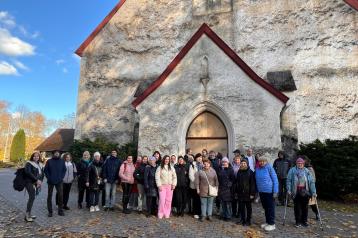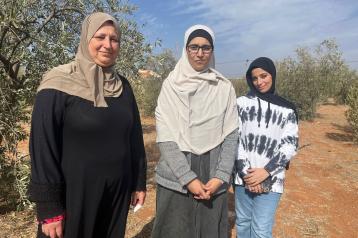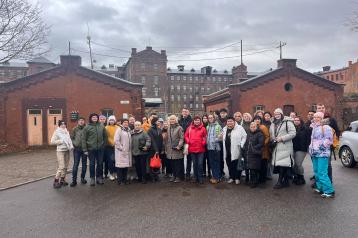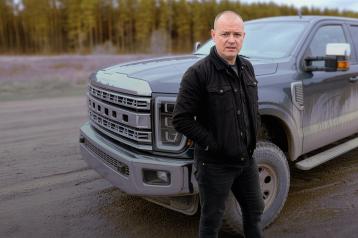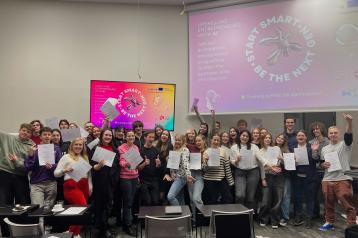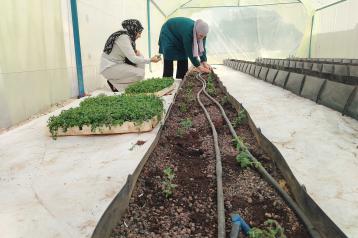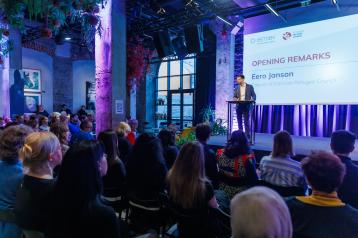Countries
In the fields just beyond Barvinkove, a small town in Kharkiv oblast, the late-summer sun shines over quiet pastures. From a distance, the scene looks peaceful—cows grazing slowly, a young calf nearby, the landscape seemingly untouched. But behind this stillness is a story of survival, strength, and the long journey of recovery in a community scarred by war.
Alina, nearly 30, lives nearby with her two sons and her mother. Like many families in this region, she once lived a life shaped by routine, tradition, and farming. Her mother has raised cows for more than three decades, and Alina grew up helping with the herd, learning the value of hard work.
Alina is many things: a mother, a daughter, a sister, and a farmer. But most of all, she is a survivor.
When the war reached Barvinkove, it shattered the quiet rhythm of rural life. “I couldn’t handle it anymore,” Alina recalls. “My nerves gave out. I felt so sorry for my kids.” With the conflict escalating, she made the heartbreaking decision to leave Barvinkove with her children for their safety, while her mother stayed behind to care for their home and remaining livestock. The area saw heavy attacks; nearby houses were hit, and drones and missiles became part of everyday life.
Eventually, like many displaced people longing for stability and connection, Alina returned home—to her mother, her land, and the life she had known. But the challenges didn’t end there. With no stable employment opportunities in the area, her family could only meet about a quarter of their basic needs. They often relied on borrowed food or money to get by.
This changed when Alina received a livelihood grant from the Estonian Refugee Council, funded by the European Union. The support totaled 36,000 Ukrainian hryvnias (about 820 euros)—a life-changing sum for a family on the brink. Alina used the grant to buy a pregnant cow and enough fodder to sustain it. That investment has since grown—quite literally. The cow delivered two calves, and today Alina manages a small but growing farm.
Now, she produces and sells a range of dairy products—milk, cheese, sour cream, and butter. It’s modest work, but it has given the family stability and dignity. Farming runs deep in Alina’s veins. Her mother has raised cows for 34 years, and now, her own children help with the daily chores, just like she did growing up. “My oldest is 10. He helps take the cows to pasture,” she says proudly.
For Alina, animals are more than a livelihood—they are a lifeline. This support has created new options for the family in a place where choices have become increasingly limited, providing tools and resources they need to stand strong—even in the face of unimaginable challenges.
Before the war, it wasn’t unusual to see several cows in every yard in Barvinkove. Now, those numbers have dwindled. The community still lives under the constant threat of drone attacks, unexploded ordnance, and economic hardship. Even so, people like Alina are rebuilding—step by step, season by season.
Her story is one of many. The Estonian Refugee Council’s livelihood programme, made possible through the support of the European Union, empowers people in conflict-affected areas to regain independence and stability. For families like Alina’s, this assistance offers more than just financial help—it restores the foundation for a sustainable future.
